Since 1997, drivers have enjoyed better fuel economy, lower running costs and unrivalled levels of comfort and refinement thanks to Toyota’s hybrid technology. Today, Toyota’s range of hybrid cars encompasses small hybrids like the Toyota Yaris Hybrid, family size cars like the Toyota Prius, Corolla and Toyota C-HR, even estates like the Corolla Hybrid Touring Sports. But have you ever wondered how hybrid cars work?
Read on to discover exactly what Toyota’s hybrid drive system is, how it works and how it benefits the environment and your wallet.
What is a hybrid?
Simply put, a ‘hybrid’ is a vehicle with two or more power sources. Most hybrid road cars use a normal internal combustion engine paired with an electric motor, but the way these work together means that there are several different kinds of hybrid setup.
Beginning with the original Prius, Toyota pioneered the full hybrid system that uses two separate powerplants – a battery-powered electric motor and petrol-driven combustion engine – which can work together to drive the vehicle or can each be used in isolation. It is the most popular hybrid system in the world, and has sold more than 15 million units since the Prius was launched in Japan in August 1997.

The second kind of hybrid is known as parallel. It uses a normal combustion engine as the main source of power, with an electric motor fitted between the engine and gearbox to provide assistance. This arrangement tends to be more restricted in its function than a full hybrid, and fitting an electric motor into a very small space also limits its power and EV (electric vehicle) range.
Lastly, the third hybrid variation is the series type. In this type of vehicle the electric motor provides all the drive. The normal combustion engine isn’t connected to the transmission, and instead works as a generator to power the electric motor. The main hurdle for a series hybrid is maintaining its efficiency once the battery power has been used up. For this reason, series hybrids are rare.
Toyota hybrid – how does the system work?
Toyota’s hybrid drive system consists of six primary components: petrol engine, electric motor, electric generator, power control unit, and a power split device that uses a special type of gearbox to smoothly distribute power from the engine, motor and generator.
It is a clever, fuel-saving technology that can seamlessly and automatically switch between electric power and conventional engine power. Capable of adapting to different driving conditions, our hybrid system intelligently controls the power coming from both sources and tells the car how to combine them for the greatest efficiency and performance.
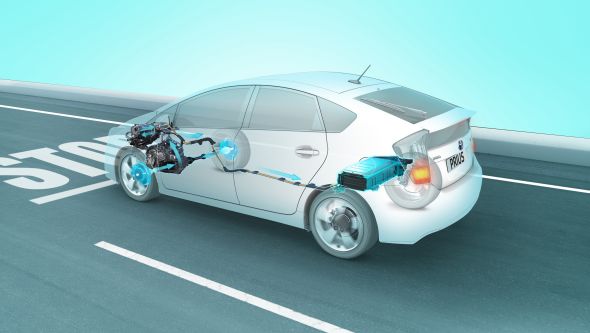
The system delivers true synergy between the two power sources. When the engine is running, it charges the battery via the generator; when driving conditions allow it, such as in slow-moving traffic, the generator can cut out the petrol engine and let the electric motor take over for zero-emissions travelling. The sophisticated engine management system can sense when the car is stopped and will switch off the engine to conserve power and cut emissions, automatically starting up again when needed.
The battery is kept well charged by the system, so a hybrid-powered Toyota won’t need to be plugged into a mains supply to be recharged.
However, Toyota does produce plug-in hybrid electric vehicles for people who can make use of its greater range of more than 30 miles in electric-only EV mode and cars which convert hydrogen into electricity. Read more about the different types of hybrid and electrified vehicle by clicking here.
How are the batteries charged?
Toyota’s hybrid system charges the battery in two ways. Firstly and as already mentioned, the petrol engine drives the generator to charge the battery. The second method is through regenerative braking, a system that puts braking energy to good use.
Every time you put your foot on the brake or lift off the accelerator, the system diverts energy back to the battery where it is, in effect, recycled. Instead of the energy being lost as heat or noise from the brakes, it is captured and then used to power the electric motor later. This is particularly efficient in stop-start traffic where the system recovers and stores a great deal of energy, making the car more efficient overall.
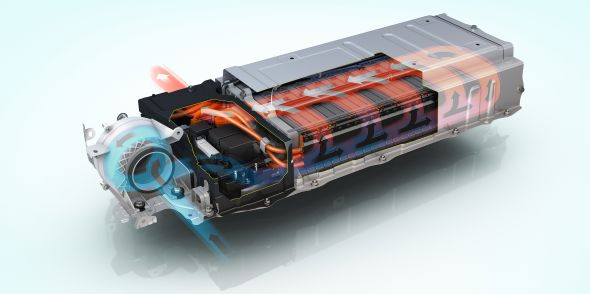
For a PHEV like the Prius Plug-in, the on-board battery can also be charged at home using the mains supply or at dedicated charging points along your journey, allowing the greater EV range of up to 30 miles.
How long do hybrid batteries last?
The batteries in Toyota’s hybrid vehicles are efficient, corrosion-resistant units designed to last, which is why Toyota’s standard battery warranty is five years or 100,000 miles and can be extended up to 15 years with no limit on total mileage – read more about this here.
The batteries are substantial units that have to store sufficient voltage to power the car with no assistance from the petrol engine. It’s true that their production does have a small, additional environmental impact, but this is more than offset by the environmental benefits of driving a hybrid car. In fact, we’ve dispelled that hybrid myth, along with others, in this post.
Toyota is also keen to recycle the batteries from its hybrid cars, which can be remanufactured to make new batteries or repurposed into other forms of stationary energy storage – this can be arranged through your Toyota dealer. We already recover over 90% of hybrid batteries from our vehicles, and are targeting a 100% recovery rate.
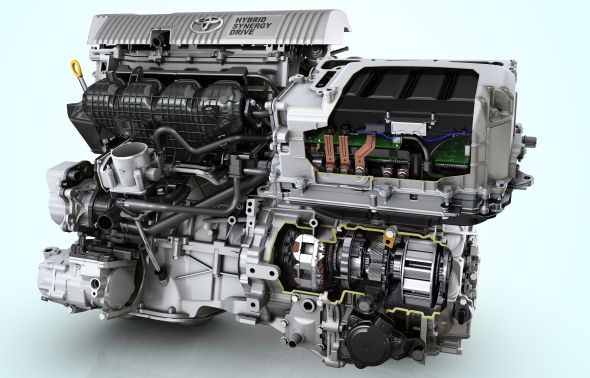
Is the engine different to that of a normal car?
In short, yes. The internal combustion engine used in a Toyota hybrid uses a slightly different engine cycle than the conventional Otto-type four-stroke cycle. Called the Atkinson cycle, this modified four-stroke cycle produces less heat and is therefore more efficient.
By cooling the internal combustion chamber using recirculated exhaust gases, it avoids a problem faced by engines with traditional cycles: injecting more fuel than necessary to reduce combustion temperatures and prevent the catalytic converters from overheating. The traditional remedy works, but uses more fuel in the process. However, Toyota’s solution is more fuel-efficient and is very reliable.
A more in-depth analysis of Toyota’s use of the Atkinson cycle can be read here.
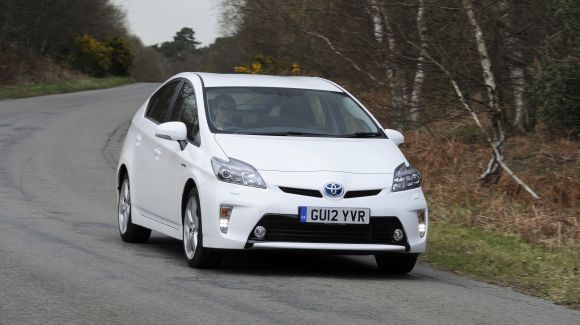
Do I have to drive differently to make the most of hybrid technology?
Not at all. Because Toyota has made the hybrid system fully automatic, it will optimise its operation and minimise fuel use for each driver. You can sit back and enjoy the drive!
You can read more about the experience of driving a Toyota hybrid by reading this article, in which motoring journalist Tim Dickson takes a Corolla Hybrid for a spin.
There are also some general tips, many of which apply to maximising the fuel economy of hybrid and non-hybrid cars alike, at this link.
To find out more about our complete range of hybrid vehicles, click here.
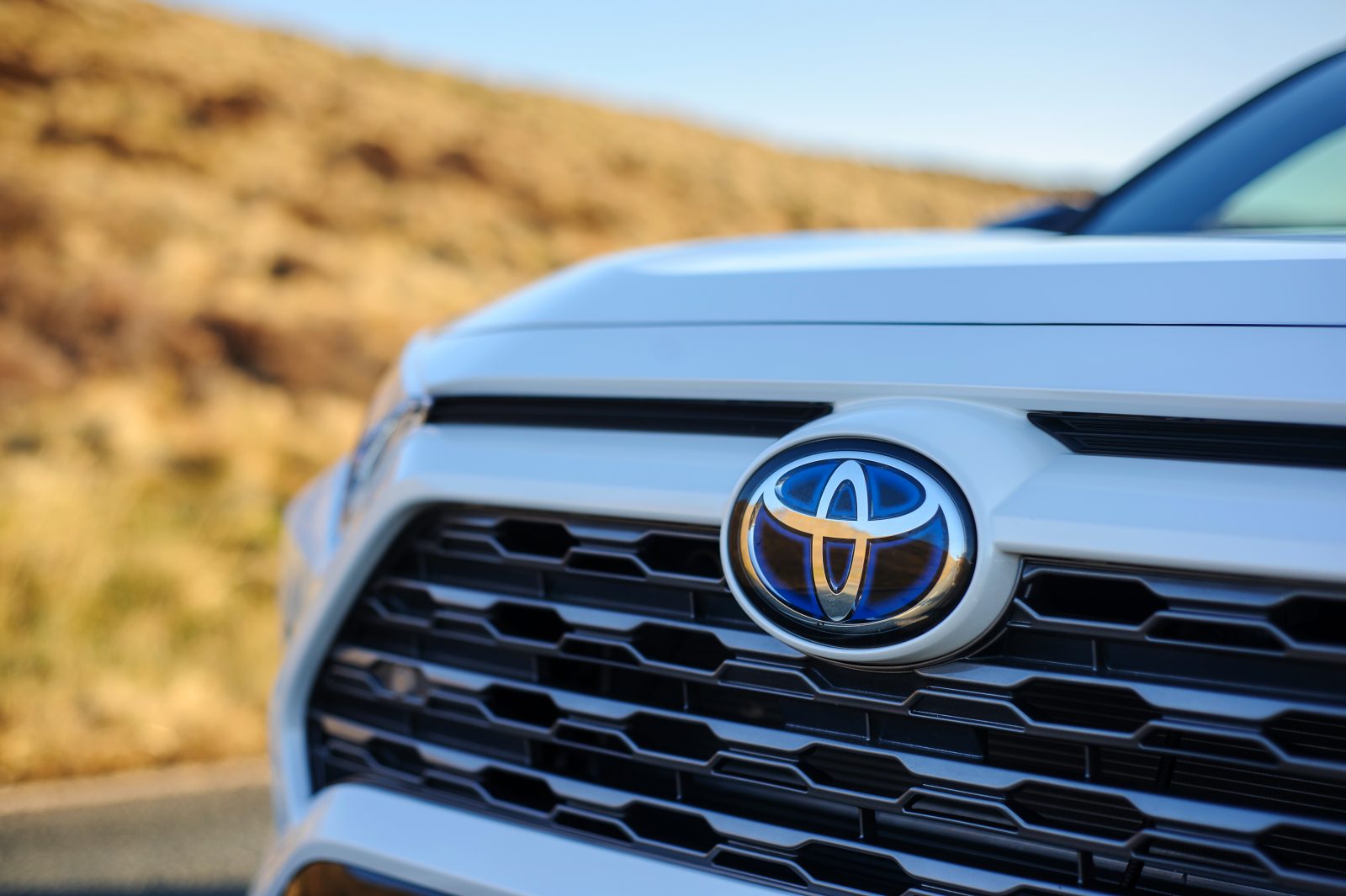




Hey so we have the CHR, wev had it around a year and a half our only quarm is it seems to stay in fourth gear when it’s in drive, it doesn’t seem to go up into fifth or sixth.
Hi Kat,
Thanks for your comment.
There are many factors that affect the gear the car is in, so it is difficult to diagnose this online.
If you believe there to be an issue with your C-HR, we would recommend visiting your nearest Toyota Centre.
We hope this helps.
Thanks.
Hi i just bought toyota corolla estate hybrid 2.0 2020.i just want to know why car engine start automatically on 1300 rpm suddenly rpm goes on 1000 and again going up and down about 1 to 2 min . Even when car on parking same happening. Is it normal hybrid function….thanks
Hi Guri, thanks for your comment.
Congratulations on your new Corolla.
We would recommend contacting your Toyota Centre regarding this, as we cannot diagnose this online.
Thanks.
Hi I’ve just bought a Toyota rav4 hybrid 2016 model. However it’s my first time using a hybrid so I don’t know how to fuel it or check the mileage so can you help me and explain to me in detail on how to refuel it and where in much detail thanks!
Hi Waz, thanks for your question.
There are both electric and petrol components to a hybrid powertrain. The hybrid system automatically switches between the two to create the most efficient drive. To give you a bit of an indication, on the average urban journey, 50% of the driving time is spent in EV mode. The electric motor is always running to assist the petrol engine, but the petrol engine can be shut off and the car can run without it.
In order to fuel your hybrid, you will need to fill it with petrol, to keep the petrol powertrain healthy. Additionally, as this is a self-charging hybrid, the vehicle will recharge whilst you are driving. Therefore, is it important to make frequent, longer journeys to maintain your hybrid’s battery. The use of a trickle charger or solar-powered intelligent charger is also advised, if you are leaving your hybrid unattended for a long period of time.
We hope this helps.
Thanks.
My wife and I have had 6 Toyota’s between us .Each one better than the last .
At the moment we have 22 plate Yaris Cross Premiere AWD and a 70 plate Yaris Hybrid .The fuel consumption is a respectable 61.5 mpg .We think we will better that in the summer.Just love both cars .The experience of owning these cars is enhanced by the service we receive from our local dealer RRG Bury .Just brilliantly consistent.
Hi Geoff,
Thank you very much for your loyalty and kind words.
We wish you many more happy miles in your Toyotas.
Thanks.
Recently acquired a Mk 3 Y20 Yaris Hybrid with just 4k miles on the clock. I’m getting to grips with the various complexities , but have noticed that the traction battery is just showing two green bars. I’m only using the car for around town driving – should I be concerned ?
Hi,
Thanks for your comment and congratulations on your new Yaris.
The 12 volt battery in our hybrids is smaller than most as they are only needed to run small systems in the car.
One of these systems is turning on the relays/switches that allow the hybrid system to turn on.
Once the hybrid system is on (as indicated by the READY light), the 12 volt battery will be charged by the high voltage hybrid battery, which in turn is powered by the engine.
If you believe there is something wrong with your vehicle, we would recommend contacting your Toyota Centre.
Thanks.
Hi,
This answers my question too. My local Toyota service centre has been telling me that the 12v battery only gets charged when the petrol engine is running. This didn’t make sense to me , since the whole idea of a hybrid is to reduce the time that the petrol engine has to run. Say I’ve just come off the motorway and my Auris is running smoothly in EV mode at 30mph for a mile or so, this would mean the poor little 12v battery would have to power the lights, the heater, the windscreen wipers etc without being charged up. There’s definitely something wrong as, even after a long run, the 12v battery is often flat again a day or so later. It’s not the battery apparently as they’ve tested it, so there must be something draining the battery when the car is not being used.
Hello
Is it possible to start the car(2019 CHR) in petrol mode and not electric mode? Is there also anywhere I can see the voltage of the battery within the dash display
Thank you
Zak
Hi Zak,
Thanks for your questions.
If the petrol engine doesn’t start when you turn the car on (it stays in EV mode), you can press on the accelerator whilst the car is in ‘Park’ to turn the petrol engine on.
The voltage of the battery is not available on the dash display.
However, you can find the battery’s regeneration status on the dash display.
If you need help finding this, there is further information on Page 135 of your Owners Manual, which can be found here – https://www.toyota.co.uk/customer/manuals.
Hello
I also have a CHR and have had it 2 years, and like Kat Lewis wrote on hear, my only issue is when overtaking on the motorway, the car tends to over rev, as if it’s stuck in 4th gear, rather than move smooth through to 5th/6th gear.
The problem don’t happen if you gradually build up your speed, only when need to put your foot down to overtake all of a sudden.
Denis
Hi Denis,
Thanks for your question.
There are many factors that affect the gear that the car is in, so it is difficult to answer this online.
If you believe there is an issue with your car, please contact your Toyota Centre.
Thanks.
There is no “n-th” gear, this is continuously variable transmission. And it is a well-known and widely known thing that it has the sound (as if it’s stuck in lower gear) that you described. This makes it so fuel efficient.
I was thinking the same… I think it might be good if the social media team were given some training on how to answer these questions.
I noticed another comment asking a question about the traction battery, and the reply referred to the 12V battery. Oops.
Hello,
Out of curiosuty, is it possible to replace metal nickel batery with lithium-ion?
I know that Toyota has started with metal nickel batteries but now switching to Lithium-ion batteries.
So I was wondering, is it an option replace battery with lithium-ion without a major change in the car.
Thanks.
Hi Alp,
Thanks for your question.
Unfortunately, we are unable to advise on modifications like this.
Thanks.
Please – does the 12v or traction battery start my Prius’s (2016) ICE either first thing or during stop-start conditions?
Thank you.
Hi Peter, thanks for your question.
Please provide a Vehicle Registration so that we can look into this for you.
Thanks.
Hello. Does the 22 Corolla have auto start/stop? And if so is there a way to get it to work? I have had my new car for 4 weeks and if it has it, it may not be working.
Hi Ben, thanks for your question.
Our Product Team have advised that, as the Corolla is a hybrid, the engine is automatically turned off when the vehicle is stationary. If the conditions are right, it will stay off and pull away using the electric motor, as electric motors are more efficient than petrol at low speed, high torque conditions. The Corolla uses the electric motor for a large amount of most journeys. The engine can be turned off when load on the vehicle is low, or the vehicle is on overrun. During overrun, and deceleration, the electric motor is used to regenerate electricity to charge the EV battery.
However, if you believe there is an issue with your vehicle, please contact your Toyota Centre.
Hope this helps.
Thanks.
AUX Battery
Hi, my wife has a Toyota Yaris Hybrid 2021, she use it as a run around at about 5k per annum, we have now had to jump start or call out the RAC on several occasions when we have returned from holiday (1-2 weeks) with car left parked as the 12v Aux Battery has depleted. The Toyota specialist indicates that the mileage has to be increased per year to ensure battery remains charged? The car is just over 18 months old which does not bode well for those who use a run around and occasionally travel further up country so to speak. This is our third hubrid and we have never experienced this before – is it correct that we need to drive more or is there something we can do or should the aux battery perform better?
Regards
Nick
Hi Nick, thanks for your comment.
The 12 volt battery in our hybrids are smaller than most as they are only needed to run small systems in the car.
Once the hybrid system is on (as indicated by the READY light), the 12 volt battery will be charged by the high voltage battery, which in turn is powered by the engine. In some cases, infrequent usage and short journeys can mean that the 12 volt battery doesn’t fully charge, which could be the case in your current situation. If you were to make more frequent, longer journeys, these shouldn’t be an issue.
Alternatively, the use of a trickle charger or solar-powered intelligent charger would help to maintain your hybrid battery. This is particularly helpful when your vehicle is left standing for long periods of time.
Thanks.
i got a toyota yaris hybrid automatic 2014 mogel in 2018.
My car needs jump start at times because my batteries weak, can u advise pls
Hi Thresiamma,
Thanks for your comment.
Using a trickle charger can help to maintain the charge in the battery and although this is an optional route, it is easily achieved by connecting the charger straight to the 12V battery and can offer some peace of mind, particularly when a vehicle is left standing for long periods of time.
We hope this helps.
Thanks.